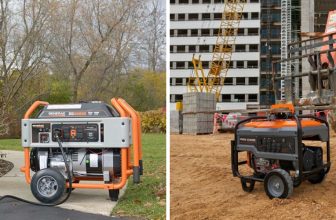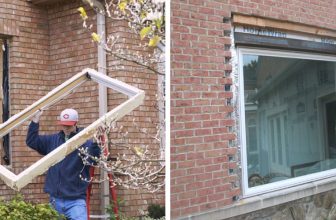How to Fix High Water Table Under House
Do you live in an area with high water table levels? If so, you may be familiar with the devastating problems water can cause to your home’s foundation. But fear not! There are a few effective solutions available to help mitigate this issue, bring peace of mind back into your life, and keep your basement safe from flooding.
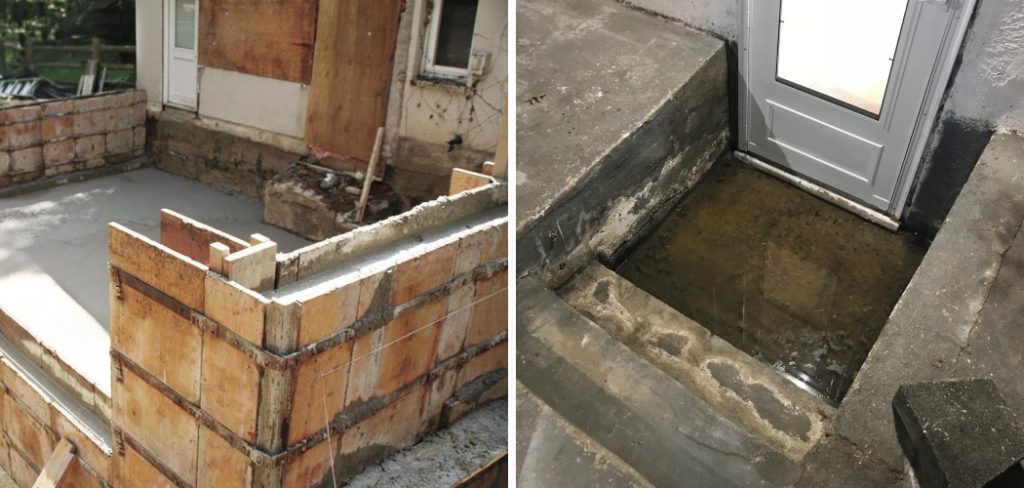
In this blog post, we’ll provide an overview of the problem and guide you through multiple options for how to fix high water table under house issues step-by-step—including sump pumps installation, interior drainage systems installation, and exterior waterproofing systems You’ll also get all the information needed to decide which solution is best suited for your specific situation. Let’s dive right in!
What Happens if the Water Table Is Too High?
If the water table is too high, it can cause structural damage to your home. Water pressure will build up around the foundation of your house, causing cracks and other problems with your foundation walls. This may also lead to wet basements or crawl spaces, which can be a breeding ground for mold and mildew.
Additionally, flooding can occur in low-lying areas of your property from an overabundance of moisture in the soil. Ultimately, these issues can end up costing you thousands of dollars in repairs if not addressed promptly. Therefore, it’s essential that you take steps to reduce the water table under your home if you suspect it is too high due to recent rains or seasonal changes in temperature.
Luckily, there are some things you can do to reduce the water table in your yard and around your house. One option is to install a system of drains, trenches, and pipes that will direct excess water away from the house.
If you have access to an underground drainage system, it can be used to channel the unwanted water out into a nearby storm drain or stream. If a permanent system isn’t an option for you, consider installing temporary French drains or sump pumps that will collect excess water and divert it away from your home until the level of the water table drops.
Finally, if all else fails, contact an experienced professional who can evaluate the situation and provide expert advice on how to best lower your high water table issue. With their help, you can take the necessary steps to protect your home and property from the damaging effects of a high water table.
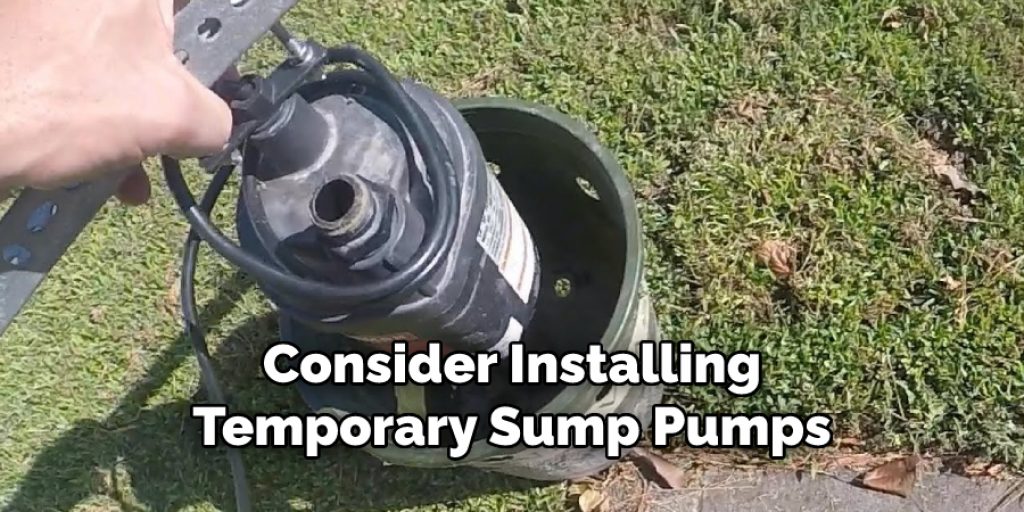
By taking action quickly, you can save yourself time, money, and stress in the long run by ensuring that your water table is at an appropriate level. Taking these steps will ensure your home remains safe and sound for years to come!
10 Methods How to Fix High Water Table Under House
1. Improve Drainage Around the House
One of the best ways to fix a high water table under your house is to improve the drainage around the house. This can be done by making sure that your gutters are clean and free of debris and by ensuring that any downspouts are directed away from your foundation.
Additionally, you can add drains or French drains around the perimeter of your house to help keep water away from the foundation. While this solution may not completely solve the problem of a high water table, it can help to reduce its effects. To ensure the best performance of this solution, it is important to have a professional inspect and maintain your drainage system regularly.
2. Install a Sump Pump
If you have a high water table under your house, you may want to consider installing a sump pump. A sump pump is a device that is installed in the lowest point of your basement and is used to pump water out of the basement and away from the foundation of your house. Sump pumps can be either battery-operated or plugged into an outlet, and they should be able to handle any water that may enter your basement.
Additionally, sump pumps should be checked periodically and cleaned out as necessary. Finally, make sure to use a good-quality pump that is designed to handle high water levels, as low-quality pumps can malfunction or fail to properly pump out the water.
3. Extend Your Foundation
Another way to fix a high water table under your house is to extend your foundation. This can be done by excavating around the perimeter of your foundation and adding additional concrete or stone to the base of the foundation. This will help to create a barrier between your house and the high water table and will also help to stabilize your foundation.
4. Raise Your House
If you live in an area with a high water table, you may want to consider raising your house. This can be done by excavating underneath your house and adding support beams or jacks to raise it up off of the ground. Once your house is raised, you can then install a sump pump or French drains around the perimeter of the house to help keep water away from the foundation.
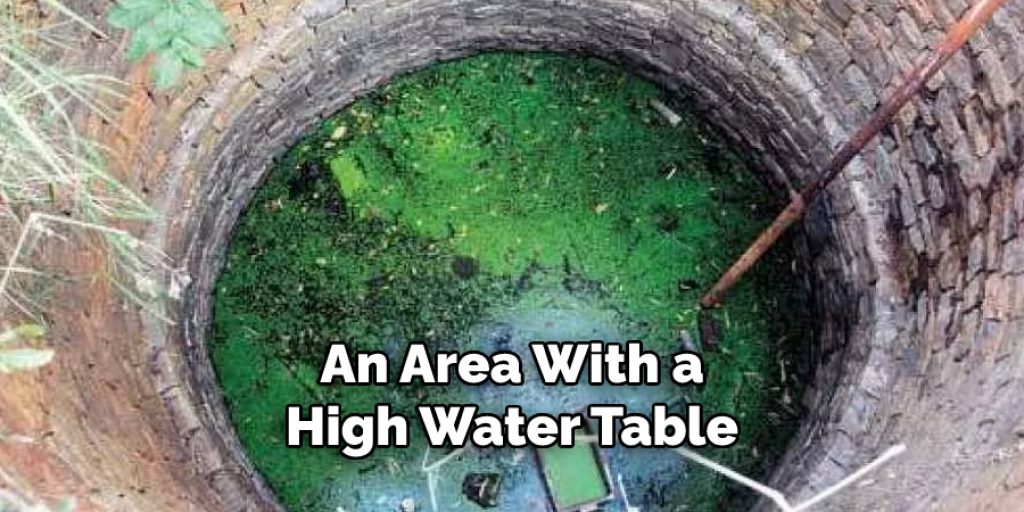
5. Install a Waterproof Membrane
Another way to fix a high water table under your house is to install a waterproof membrane around the perimeter of the foundation. This can be done by excavating around the foundation and then installing heavy-duty plastic sheeting around the outside of the foundation. The plastic sheeting will act as a barrier between your house and the high water table and will help to keep moisture out of your basement.
6. Add Landscaping Around Your House
Adding landscaping around your house is another great way to fix a high water table under your house. This can be done by planting trees, shrubs, or other plants around the perimeter of your property.
The roots of these plants will help to absorb some of the excess water in the soil, which will help to keep it from seeping into your basement or crawlspace. Additionally, these plants can help to shade your home from direct sunlight, which will further reduce moisture levels in the soil.
7. Use Sandbags
If you live in an area with flooding potential, one way to protect your home from floodwaters is by using sandbags. Sandbags can be placed around the perimeter of your property in order to create a barrier against rising waters.
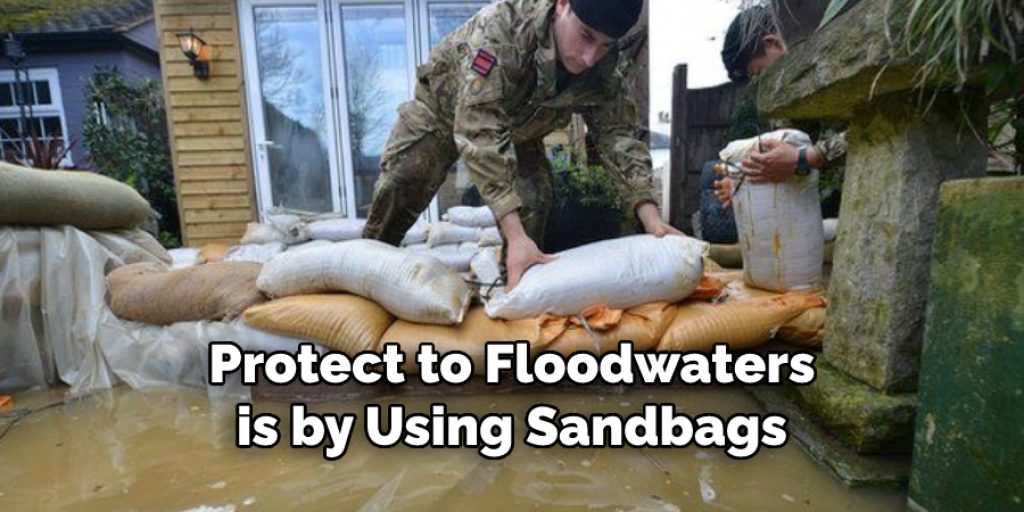
Additionally, sandbags can also be placed inside your basement or crawlspace in order to absorb any water that may enter these areas during a flood event. Make sure to use sandbags that are specifically designed for flood protection, and be sure to cover them with a waterproof covering in order to ensure their effectiveness.
8. Install Gutters
Installing gutters around your house is another great way to fix a high water table under your house. This will help to divert the excess water away from your house and into a designated area.
You can also add downspouts to help direct the water even further away.
It’s important to make sure that your gutters are installed properly so that they can do their job effectively. Additionally, you should check them frequently for any clogs or blockages that could prevent them from working properly.
9. Add Soil Amendments
Adding organic soil amendments such as compost and manure can help to improve the quality of your soil and reduce the amount of moisture it can retain. The organic matter will also help to improve drainage, allowing water to move away from your foundation and subflooring more quickly.
To avoid attracting pests, cover the soil amendments with a layer of mulch or landscape fabric before adding them to your existing soil. You may also want to install a French drain around the perimeter of your home to help move water away from your foundation.
10. Install a French Drain
Installing a French drain is another way to reduce the amount of moisture around your home. This can be done by digging a trench at least two feet deep around the perimeter of your home. Fill this trench with gravel and a perforated pipe to allow water to seep through it.
The French drain helps divert water away from the foundation of your home so that it doesn’t build up in one area and cause issues such as hydrostatic pressure.
Additionally, you may want to consider adding a sump pump near the French drain to help remove additional water. A professional may be needed for this step and could provide guidance on the best type of French drain and sump pump to install based on your specific needs.
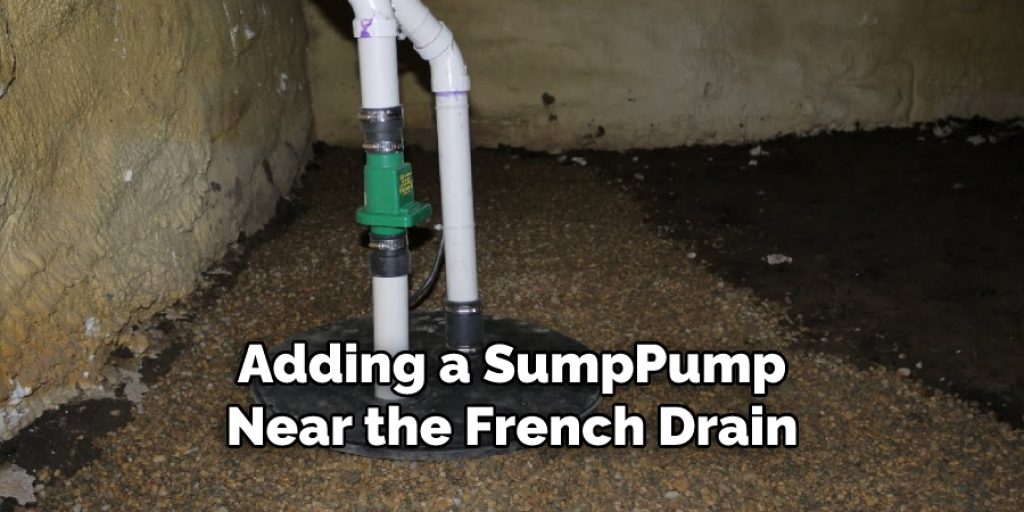
Conclusion
Despite the difficulties posed by high water table issues, homeowners can take steps to fix the problem and enjoy a safe and dry household. By taking preventive measures such as raising interior floors, installing a sump pump system, or opting for external waterproofing techniques, you should be able to keep your basement free from water-related damage.
Now that you know more about high water tables and proven solutions for them, why not take some time today to come up with a plan on how to fix high water table under house.



